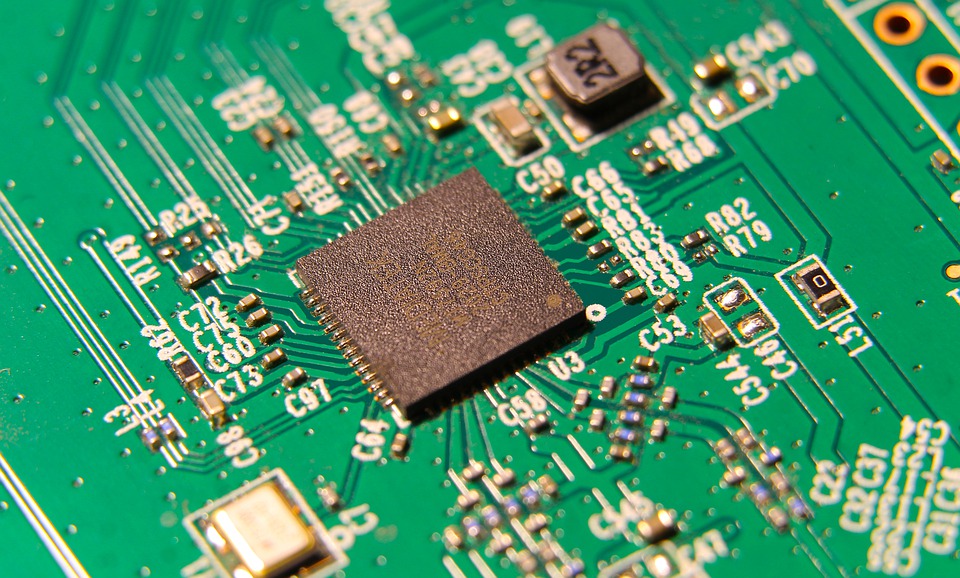Blockchain technology is revolutionizing the way we conduct transactions, store data, and even communicate with one another. But for beginners, understanding blockchain can be a daunting task. In this article, we will break down the basics of blockchain, its applications, and how you can navigate this transformative technology.
What is Blockchain?
At its core, blockchain is a decentralized, distributed ledger technology that records transactions across multiple computers. Each transaction is recorded in a block, which is then linked to the previous block, forming a chain of blocks – hence the name “blockchain.”
Unlike traditional centralized databases, blockchain does not rely on a single authority to validate transactions. Instead, a network of computers (known as nodes) work together to verify and approve transactions. This decentralized system makes blockchain more secure, transparent, and resistant to fraud and tampering.
Applications of Blockchain
Blockchain technology has a wide range of applications across various industries. Here are some of the key areas where blockchain is making an impact:
1. Cryptocurrency: The most well-known application of blockchain is cryptocurrency, such as Bitcoin and Ethereum. These digital assets are built on blockchain technology and enable secure, peer-to-peer transactions without the need for a central authority like a bank.
2. Supply Chain Management: Blockchain can be used to track the movement of goods across the supply chain, ensuring transparency and accountability in the process. This can help reduce fraud, improve traceability, and streamline operations.
3. Smart Contracts: Smart contracts are self-executing agreements that are coded on the blockchain. These contracts automatically execute when certain conditions are met, eliminating the need for intermediaries and reducing the risk of fraud.
4. Healthcare: Blockchain technology can be used to securely store and share sensitive healthcare data, such as medical records and patient information. This can improve data accuracy, enable secure sharing of information between healthcare providers, and enhance patient privacy.
Navigating the World of Blockchain
For beginners, navigating the world of blockchain can be overwhelming. Here are some tips to help you understand and engage with this transformative technology:
1. Educate Yourself: Start by learning the basics of blockchain technology, including how it works, its key features, and its potential applications. There are plenty of online resources, courses, and tutorials available to help you get started.
2. Join Communities: Join blockchain communities, forums, and networking groups to connect with experts, enthusiasts, and like-minded individuals. This can help you stay updated on the latest trends, developments, and opportunities in the blockchain space.
3. Experiment: Consider experimenting with blockchain technology by creating a digital wallet, purchasing cryptocurrency, or exploring decentralized applications (dApps). Hands-on experience can deepen your understanding and appreciation of blockchain’s capabilities.
4. Stay Informed: Keep yourself informed about the latest news, trends, and regulations in the blockchain industry. Follow reputable sources, attend conferences and webinars, and engage with thought leaders to stay ahead of the curve.
In conclusion, blockchain technology is a transformative and disruptive force that has the potential to revolutionize the way we conduct transactions, store data, and interact with each other. By understanding the basics of blockchain, exploring its applications, and engaging with the blockchain community, beginners can navigate this exciting and complex technology with confidence and enthusiasm.




